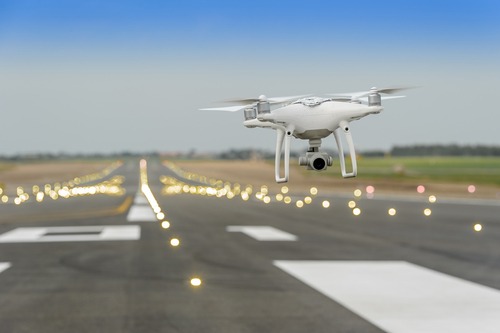
The Federal Aviation Administration (FAA) recently chose five airports to evaluate technologies and systems aimed at detecting and mitigating potential safety risks posed by unmanned aircraft.
At least 10 technologies or systems will be tested at the airports starting later this year and continuing through 2023. The goal is to create standards for mitigation technologies at airports and unmanned aircraft detection and make airports safer for manned aircraft and passengers.
The testing is part of the FAA’s Airport Unmanned Aircraft Systems Detection and Mitigation Research Program.
The selected airports are Atlantic City International Airport in Atlantic City, N.J.; Huntsville International Airport in Huntsville, Ala.; Rickenbacker International Airport in Columbus, Ohio; Seattle-Tacoma International Airport in Seattle, Wash.; and Syracuse Hancock International Airport in Syracuse, N.Y.
The airports were selected because they meet FAA requirements for diverse testing environments and represent airport operating conditions found nationwide.
The agency is required to ensure the technologies used to detect or mitigate potential risks posed by unmanned aircraft do not interfere with safe airport operations under the FAA Reauthorization Act of 2018.
Only federal departments with explicit statutory authority can support the use of counter-Unmanned Aerial Systems, including requirements for extensive coordination with the FAA to ensure safety risks are mitigated.